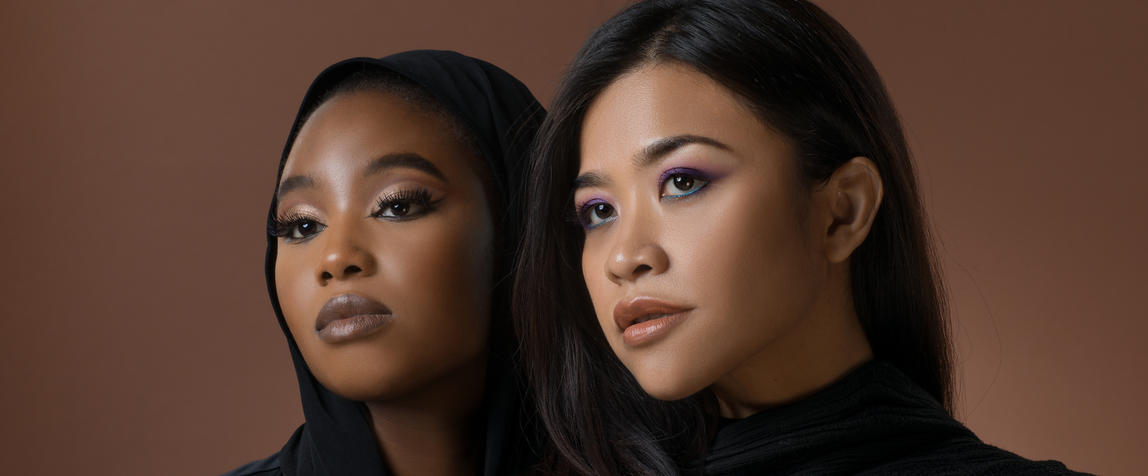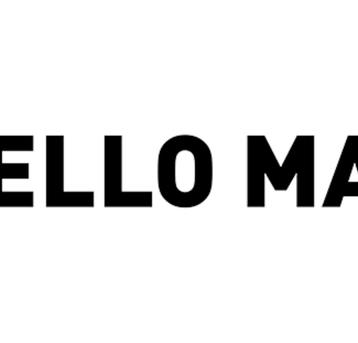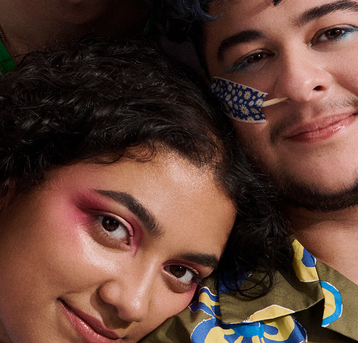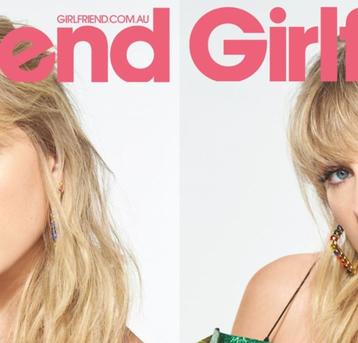Writing out the above headline made me do a doubletake. “Are we in 2023 or 1923!?” I asked myself. But alas, here we are, once again discussing the lack of diversity in Australian media, and more specifically, the beauty industry.
Most women of colour will tell you in explicit detail how difficult it is growing up between two worlds: Their culture and heritage which is taught at home, and the one they’ve been forced to assimilate into, which is the Australian way of life.
However, no matter how effortlessly they jump in and out of the two realms, women of colour still feel as if they don’t fit in.
On Wednesday, March 8, the Diversity Council of Australia (DCA) conducted a study that examined the obstacles women of colour have had to face while in leadership positions.
After interviewing over 370 culturally and racially marginalised (CARM) women in executive positions, they discovered that they were not being considered for promotions, and were being pressured to act a certain way in order to progress in their careers.
The act of trying to appear “more white” in the workforce is called “code-switching”, and sadly, it’s a phenomenon women of colour are all too familiar with.
But let’s talk about this study in relation to the beauty industry, an industry that is riddled with implicit bias — just take a look around the next time you’re at a media event. While lack of diversity and representation in beauty media is a global issue, Australia is a country that is extremely far behind in comparison.
“I fear that some parts of the Australian beauty industry are stuck in the habit of seeking talent, employees and strategies that don’t necessarily share the same inclusive values of the modern world,” model and beauty journalist Ruchi Page tells BEAUTYDIRECTORY.
“I notice there’s a lack of diversity with some beauty events and opportunities I attend. I know that sometimes people decline or are unable to commit, but in hindsight and through conversation with friends, there are spaces filled disproportionately if we compare white people and the BIPOC community.”
Beauty is not a one size fits all approach, so then, why does the industry focus on one kind of woman? It took years for brands to listen to women of colour as they pleaded for more inclusive shade ranges and products. They were told that they weren’t “profitable” until Fenty Beauty came swinging, introducing 50 shades of foundation from the moment it launched.
It was a cultural reset, and after the darkest shades in the range sold out almost immediately, brands realised that the women it refused to cater to were tired of being an afterthought; and while we've seen progress in the types of makeup products available to women of colour, six years later, these same group of women are still trying to fight for their place in the industry.
“Women of colour are equally deserving of acquiring space in all aspects of life. I actually left my workplace due to a racist incident that required me to cop the blame in order to make the issue go away,” Page recounted.
“Creating space for everyone travels beyond just the visibility aspect, it’s about allowing people from all backgrounds to voice their experience, and knowledge and contribute where possible without judgement."
Australia is a country home to over 270 different ethnic groups, and it’s time our workforce and leadership teams reflect that, not just for the women of colour who want equal opportunity, but for the people who consume our content. If you work in public relations, proactively seek out journalists and content creators who are of colour and if you're an editor or publisher, encourage applications from those who are able to offer a different perspective.
“Ensure there’s a dedicated team of people who genuinely care about creating a difference with inclusive practice. Involving the voice of one person of colour is not an accurate depiction of many voices. An experienced, dedicated team should know to put in the effort to find people who are from diverse backgrounds to create a truly inclusive environment,” Page says.
We all know how important it is to start recognising women of colour and implementing changes within our teams — but now, we need to take action.




